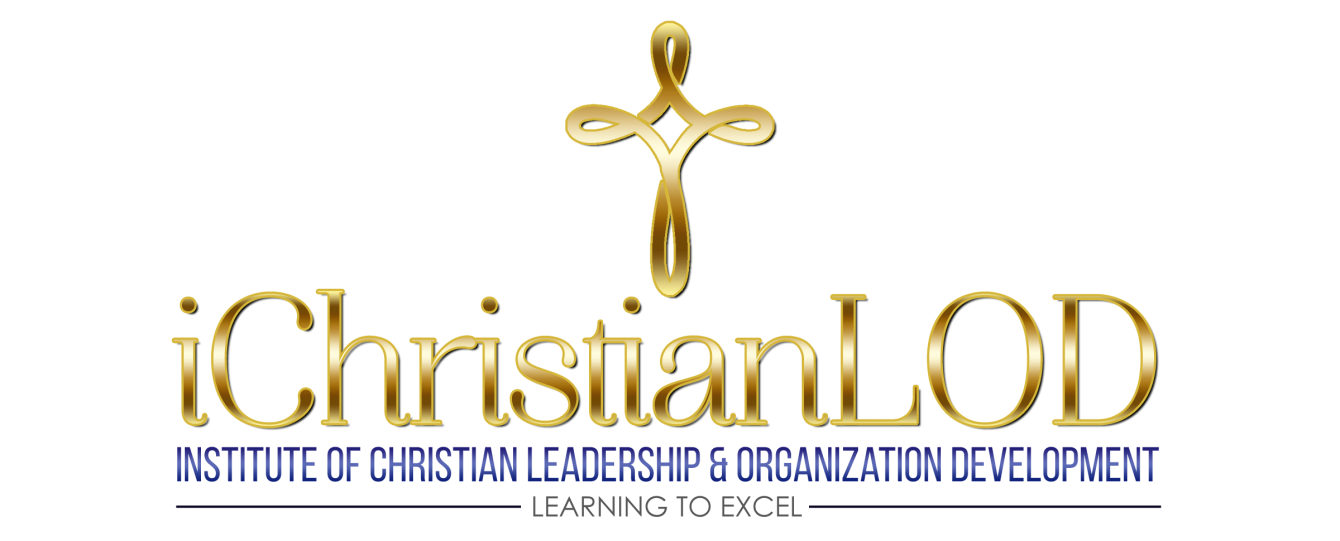Group Development Interventions
Intergroup development interventions
OD change is not only about altering what organizations are culturally, but it specifically focuses on how organizations do whatever it is they do. The focus that in times past was on the skills of the individual leader or employee, has now shifted to group functionality. The diversity of different perspectives of group members, makes groups an ideal tool for accomplishing goals in a consistently changing environment. Instead of depending on one person for a particular solution, a group offers many solutions for the same problem, from which the best can be selected. Unfortunately, groups also create a perfect scenario for conflict among its members because of different perspectives, experiences, and backgrounds joining together. Conflict within organizational divisions and departments not only impedes how the group functions among itself, but it also causes dysfunction among the groups they must coordinate with in order to accomplish the goals of their organizations. Intergroup development is a confrontational OD intervention technique that reduces misunderstandings, open communications, and develops mechanisms for greater collaboration between organizational groups. Techniques used in intergroup development are role play, opening communications, balancing power, and shifting unhealthy hostility to problem-solving confrontation (Brown, 2011).
Intergroup development begins with a six-step meeting where each group prepares three lists explaining three things: their perceptions of their own group; how they believe the other group perceives them; and their perception of the other group. In step two, each group is allowed to ask clarifying questions regarding the prepared lists. In step three, the groups meet separately to discuss the feedback received in step two. Groups divide into smaller mixed groups in step four, to diagnose the interface problems and to develop problem-solving alternatives with action plans and follow-up activities. Step five is a follow-up meeting to evaluate progress (Brown, 2011).
Goal Setting
Regardless of the type of OD intervention, goal setting will be a part of the process. Goal setting increases efficiency and effectiveness by providing direction and purpose to individuals in work groups, or the interfaces of work groups, by specifying the desired outcomes of work. Setting goals has the potential of improving employee performance by amplifying the intensity and persistence of effort, coupled with giving employees clearer role perceptions so that their work effort is focused towards specific behaviors that are likely to improve performance. Goals should be specific, and capable of being measured for progress. They should be challenging, but realistic. Channels should be created through which employees can receive regular feedback regarding their individual progress (McShane, Von Glinow, 2012).
Management by objectives
One very popular goal-setting technique is management by objectives (MBO). MBO benefits employees by integrating their personal career goals with the goals of the organization. This allows employees the opportunity to participate in setting the goals they he will be expected to accomplish, which increases their motivation. MBO also benefits the organization in two ways. First, it clarifies the goals of the organization at all levels; and second, the organization benefits by having employees that are more motivated as a result of their participation (Brown, 2011).
Specifically, MBO is a four-step process that begins with mutual agreement between manager and employee – or group — of specific goals for a specific period of time. Action plans are created for both employees and department. Periodic progress reviews are scheduled to ensure that action plans are working. Lastly, there is an annual evaluation as to whether or not goals have been achieved. This evaluation is used for salary increases and other rewards (McShane, Von Glinow, 2012).
References
Brown, D.R. (2011). An experiential approach to organization development eighth
edition. Prentice Hall. Upper Saddle River, New Jersey 07458.
McShane, S.L., Von Glinow, M.A. (2012). Organizational behavior. McGraw-Hill
Irwin. New York, NY 10020.

